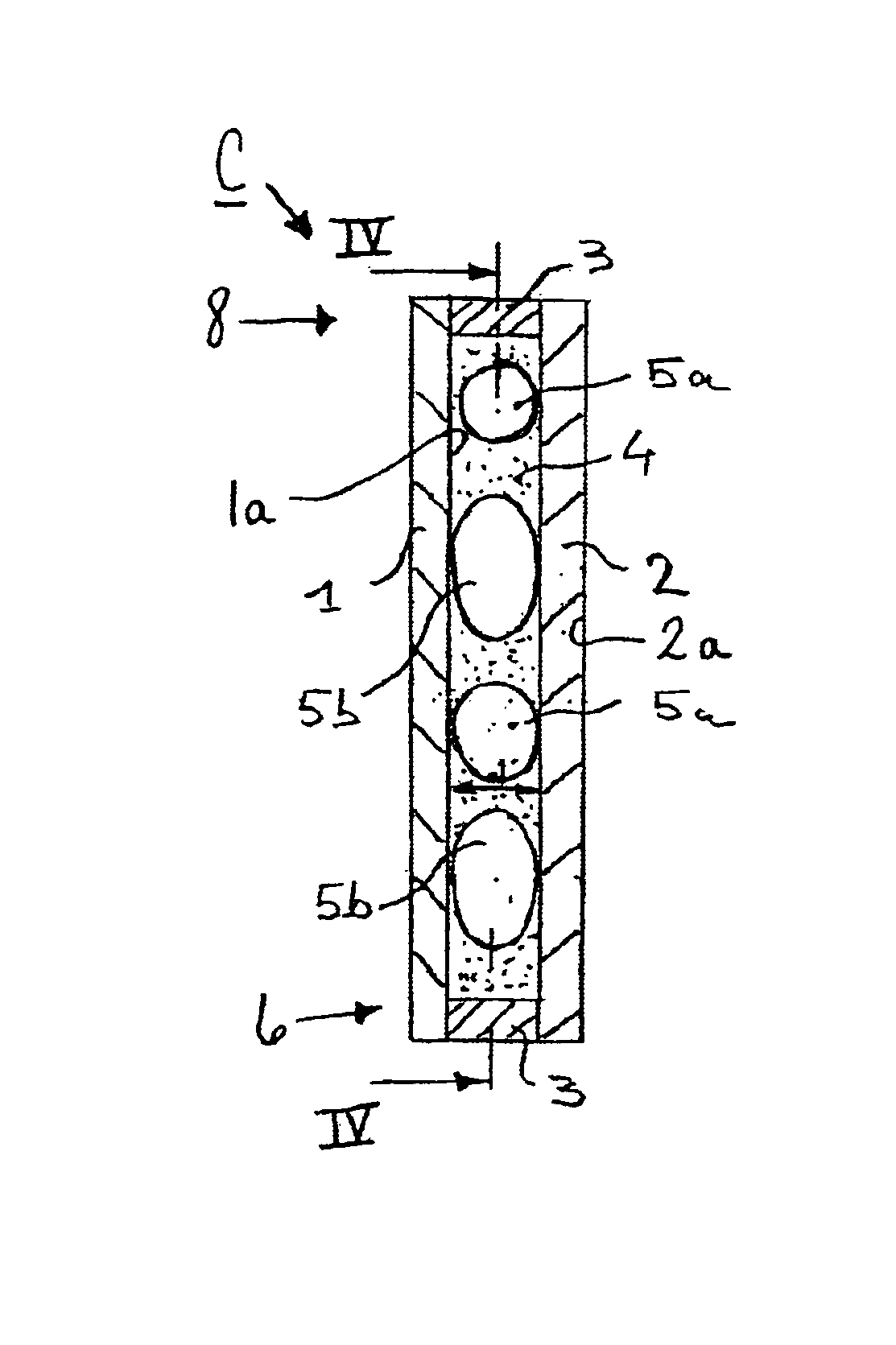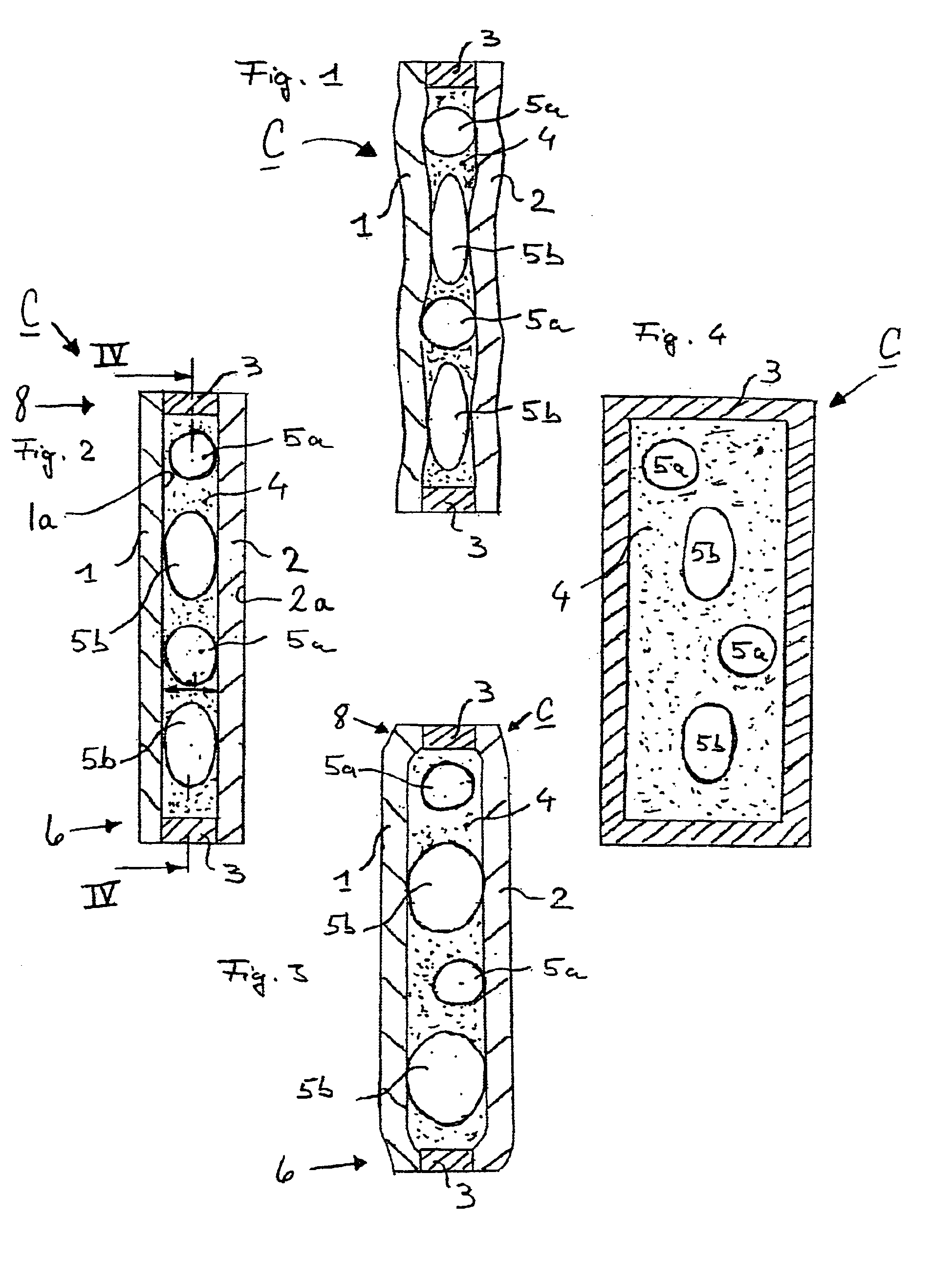LCD-cell including one spacer exhibiting a dimension and a material property different from another spacers dimension and material property
a liquid crystal display and spacer technology, applied in the field of liquid crystal display cells, can solve the problems of disturbing appearance, undesirable loss of color uniformity, and irregular colors within areas, and achieve the effect of reducing the thickness of the entire spacer, ensuring the mechanical stability of the lcd-cell, and reducing the cost of manufactur
- Summary
- Abstract
- Description
- Claims
- Application Information
AI Technical Summary
Benefits of technology
Problems solved by technology
Method used
Image
Examples
Embodiment Construction
Detailed reference will now be made to the drawings in which examples embodying the present invention are shown. The drawings and detailed description provide a full and detailed written description of the invention, and of the manner and process of making and using it, so as to enable one skilled in the pertinent art to make and use it, as well as the best mode of carrying out the invention. However, the examples set forth in the drawings and detailed description are provided by way of explanation only and are not meant as limitations of the invention. The present invention thus includes any modifications and variations of the following examples as come within the scope of the appended claims and their equivalents.
In FIG. 2, an LCD-cell C encompasses two parallel transparent plates, 1 and 2. On the periphery of the plates is placed a seal 3. Within the so constructed cell is placed a liquid crystal material or liquid crystal 4, first spacers 5a and second spacers 5b. In the case of...
PUM
| Property | Measurement | Unit |
|---|---|---|
| transparent | aaaaa | aaaaa |
| temperature | aaaaa | aaaaa |
| structural strength | aaaaa | aaaaa |
Abstract
Description
Claims
Application Information
 Login to View More
Login to View More - R&D
- Intellectual Property
- Life Sciences
- Materials
- Tech Scout
- Unparalleled Data Quality
- Higher Quality Content
- 60% Fewer Hallucinations
Browse by: Latest US Patents, China's latest patents, Technical Efficacy Thesaurus, Application Domain, Technology Topic, Popular Technical Reports.
© 2025 PatSnap. All rights reserved.Legal|Privacy policy|Modern Slavery Act Transparency Statement|Sitemap|About US| Contact US: help@patsnap.com



